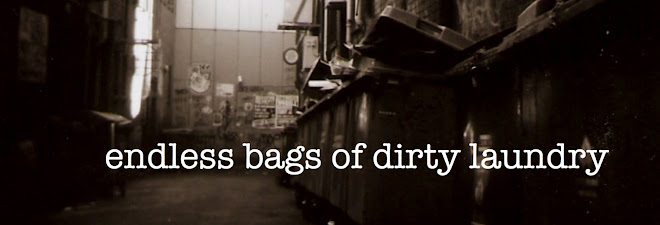If you read this blog, you will know that I have taken photos for the band Eagle and the Worm before. It's always a massive honour when Jarrad asks me to shoot for him, and it always challenges my amateur photography skills in new ways. A few months ago, the specific task was to get some band shots to use for promotion. After some careful consideration (and last-minute desperation), we settled on a grand, albeit slightly decrepit, apartment building on a residential St Kilda street.
The building was chosen because it has a number of positive attributes: it is old, with a lot of character; it has a wide platform that quite easily fits eight people across it; the large, arched green doors are really unusual, and add a point of interest to the background; it has steps, so that eight people can be arranged in a cluster without hiding one another; and, perhaps most importantly, it is at once familiar and unique. This last point was really the clincher, because we wanted something that wouldn't look typically Melbourne, but would look classic in a global-city kind of way.
Seeing as we were going for a classic look, I thought it would be appropriate to use lomo cameras as well as black and white, in addition to some more standard colour 35mm. If you ask me, the lomo shots are pretty fantastic. There's an authenticity to them that kind of captures exactly what I had in mind as far as a general feeling. However, with their blurred edges (and, indeed, middles), awkward framing and light leaks, they are just entirely unsuitable for the purposes of mainstream media. Do you think the Herald Sun would have published a blurry, off-centre photo? No.
And that's totally fine. I mean, I understand why they wouldn't. Having worked in publishing for a few years now, I appreciate the technical (and other) requirements that publishers have in order to maintain a certain standard. Similarly, while the black and white looks great, it probably won't grab the reader's already-overloaded attention like colour will. And, while the sun-drenched/light-faded image above has an overwhelmingly nostalgic mood, who wants to publish a picture that obscures its subjects to such an extent?
In the end, Jarrad chose three 35mm images - two colour and one black and white. The main colour image (and the one that ended up in the Herald Sun) is this one:
It's a great choice. It's clean without being sterile, it makes the most of the backdrop without being overwhelmed by it, and it still has those great natural colour tones that keep it from looking like a digital photo, which in turn adds to that classic feel we were aiming for. In addition to all this, everyone looks great in this shot. And believe me, that's no mean feat when there is eight times the chance of blinking eyes, blurred movement, awkward expressions and embarassing gestures.
I've done another shoot with EATW since this one (which I will post at a later date), and like this one, the purpose was publicity. There is quite a bit of added pressure when a) you know you need to produce a media-friendly image; b) you work with film and so can't monitor your progress throughout the shoot; c) you are used to producing experimental images; and d) you know that the likelihood of coordinating nine people to get to the one place at the one time is pretty bloody small. But that doesn't mean that you can't push a little more on the creative side in addition to getting the more straightforward images. It is from this experimentation that some of the most unexpected and interesting images emerge. Just don't expect to see them in the Herald Sun.
20.6.11
6.6.11
the kinds of photos I'm not interested in
I saw these wonderful shadows on the pavement and I thought I would take a shot, because you often see 'good' black and white images made up of interesting shadows.
I'm sure there are people who take much better shadow photos than this. That said, I don't think this is a bad photo. It's interesting and quite classic. Yet it doesn't inspire anything in me beyond vague attraction to its geometric curiosities. It's just too clinical.
(And it has no people in it.)
I'm sure there are people who take much better shadow photos than this. That said, I don't think this is a bad photo. It's interesting and quite classic. Yet it doesn't inspire anything in me beyond vague attraction to its geometric curiosities. It's just too clinical.
(And it has no people in it.)
Subscribe to:
Comments (Atom)







